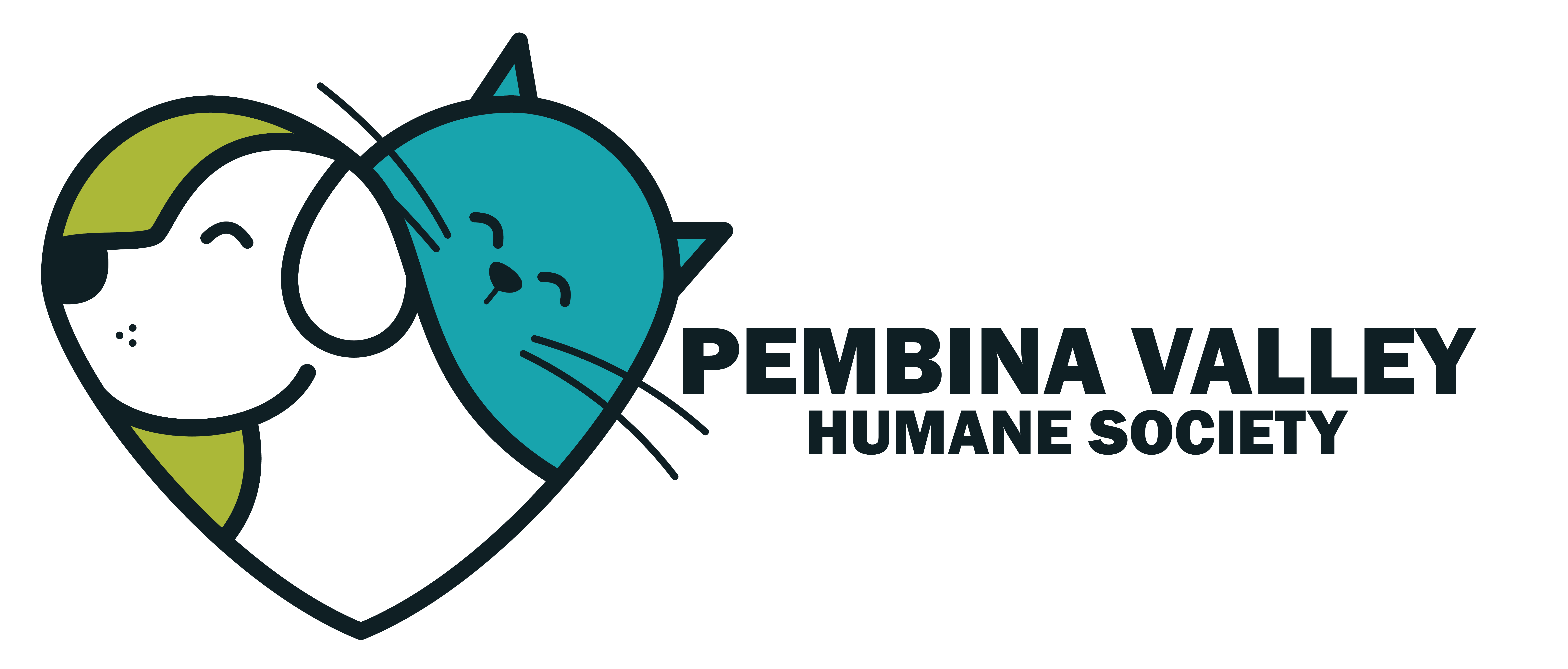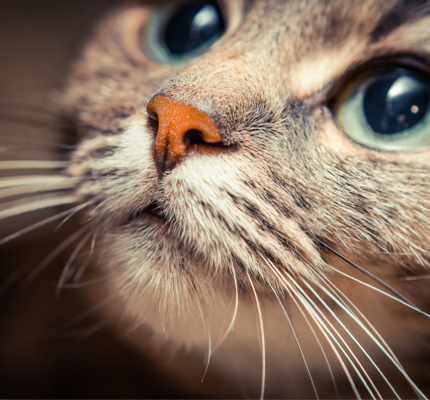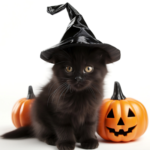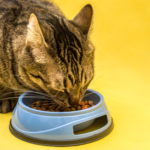Have you ever wondered why your kitty paces in front of her food bowl at feeding time, or paws their food onto the floor? It may not just be because they’re being picky…it could be that they have “whisker fatigue”!
Most pet owners see whiskers as merely a physical (and oftentimes incredibly cute) trait. But cat’s whiskers are much more complex! Whiskers (or to use the technical term VIBRISSA) are touch receptors that reach under the cat’s skin to connect with the nervous system. While Fluffy may not necessarily have feelings in their whiskers, the movement and touch sends signals to their brain and sensory system, sort of like an antenna that’s constantly collecting information about a cat’s environment.
In basic terms, “whisker fatigue” is the overstimulation of the sensory system. When a cat’s whiskers are touched too much, even if it’s basic brushing against food and water dishes, the cat gets an onslaught of sensory messages transmitted to their brains. This overload can make your cat feel stressed or appear agitated. Some of the most common signs of whisker fatigue are:
- Refusing to eat or drink from their usual dishes
- Pacing in front of their bowls and meowing as if something were wrong
- Pawing at food and water, trying to pull it from the bowl
- Acting more aggressive around food or treats when given from a dish
Thankfully, fixing problems with whisker fatigue is a simple process…change their food dish! There are many available options for whisker friendly feeding trays and bowls. Look for a dish that has a wider opening and are shallow, as these help keep your cat’s whiskers from brushing against the sides of their bowl while eating or drinking.
In most cases, this simple adjustment can help immensely with symptoms of whisker fatigue, but remember to visit your veterinarian if your cat still shows signs of distress about eating to make sure there aren’t any more serious issues at play.
Last modified: October 7, 2023



